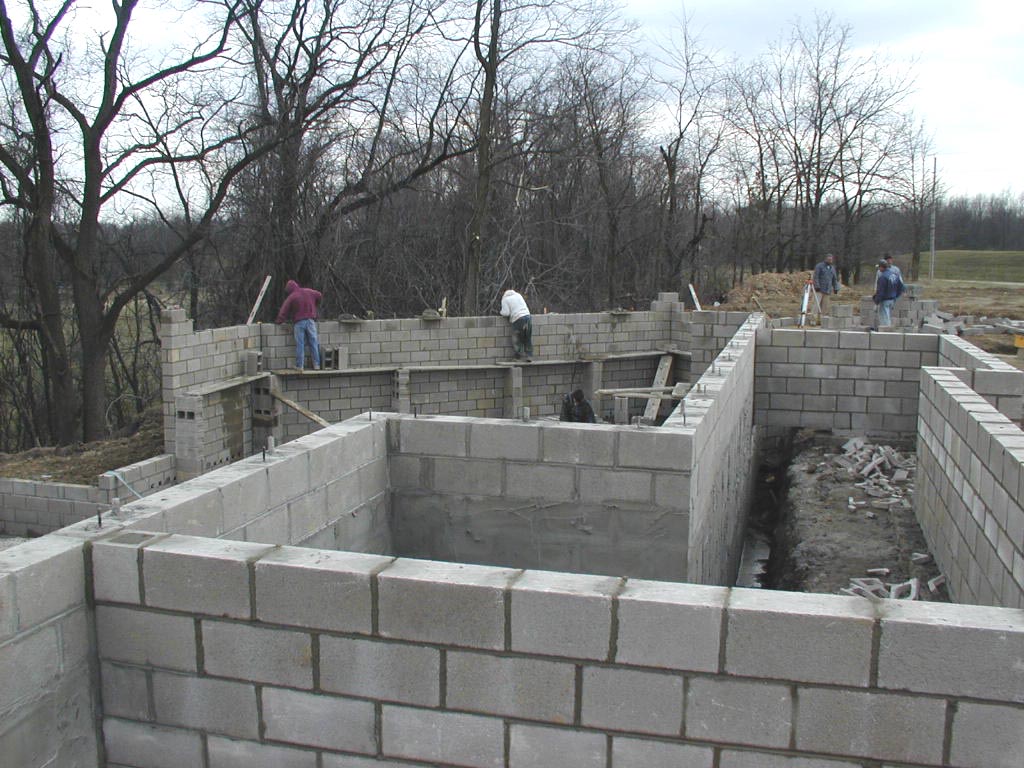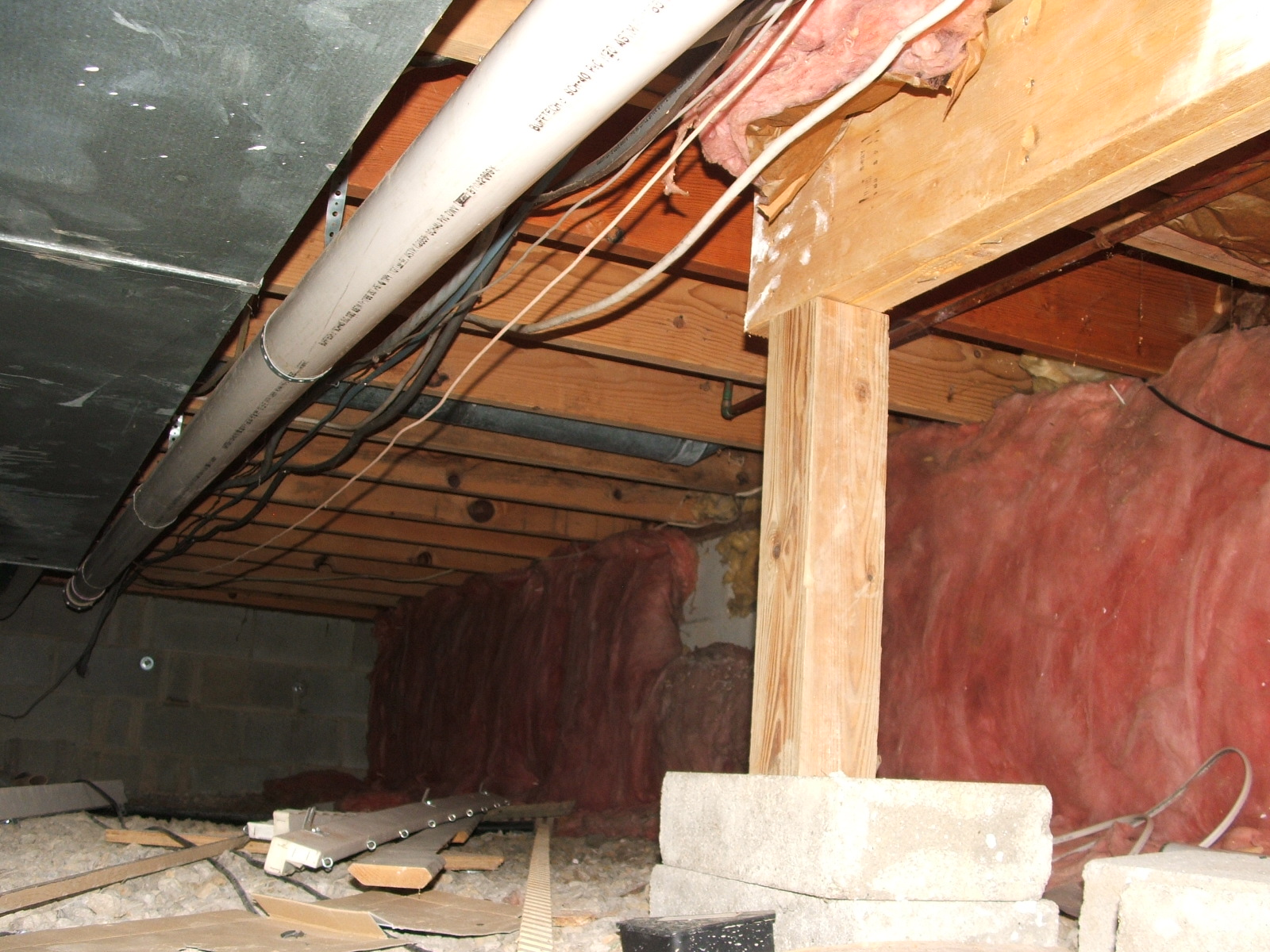
Basement or Crawl Space?
In some parts of the USA this question’s irrelevant – there are few basements or crawl spaces in the desert southwest, the Alaskan tundra, or anywhere else that it’s not practical to excavate a foundation.
But here in Midwestern America the question or basement or crawl space is a frequent concern.
Most homes I design or add to have at least a partial basement; the real questions are whether to excavate an entire basement, or just part, and how deep.
Why Do You Have to Dig At All?
Much of the northern half of the USA is in the Temperate or Cold climate zones, where the ground can freeze to several feet below the surface. When soil freezes, it expands and pushes upwards, a condition called “heaving”.
If your home’s foundation sits on top of heaving soil, it gets pushed up, too – damaging the foundation and the house above it. Heaving damage is prevented by digging the foundation to below the “frost line”, where the soil stays too warm to freeze.
And that’s a building code issue – so yes; you probably have to dig, but how deep?
How Much Deeper is a Basement than a Crawl Space?
How deep your foundation should be depends on the calculated frost depth for your area – in my climate it’s around 32 inches. Which means by the time you’ve dug the foundation and met other foundation codes, you’ve already got several feet of crawl space by default.

And if you build your crawl space properly, you’ve also already got a gravel base several inches deep, insulation, and drainage – much of what you’d need for a fully excavated basement.
And that’s what a basement is, really – a very deep crawl space.
So with most of the parts in place, it’s a matter of digging down another five or six feet, pouring a concrete slab, and waterproofing the exterior (for you other Architects, builders, engineers, and code officials out there – yes, there’s more to it than that, I know).
So…Basement or Crawl Space?
If the soil and climate conditions are right, I always a recommend a full basement for new homes I design. It’s a lot of additional storage space for a relatively small amount of money, and besides, you can’t really come back and add a basement later if you change your mind!
For existing homes with only a crawl space, adding a room with a basement is usually difficult and expensive – and the new space probably isn’t big enough to justify the cost. For homes with basements already, a basement under a new addition usually makes sense.
Obviously, a basement’s going to cost more to build than a crawl space. But since most of the equipment, manpower, and materials are all already on site, it’s an efficient use of resources.
And a basement’s probably the cheapest space in the house; after all, you’re already going to build part of it anyway.



So when estimating building cost based on price per square foot does the full basement get counted?
Tiffany – typically not, that would artificially lower the cost per square foot. A house with a basement vs. a crawl space should have a higher cost per square foot.
In some U.S. regions, basements and crawl spaces are impractical, but in the Midwest, they are common considerations. Most homes in this area have at least a partial basement. The decision to excavate a full or partial basement depends on specific needs and cost. Digging below the frost line, where the soil doesn’t freeze, prevents “heaving” damage. This ensures the foundation’s stability and protects the home from structural damage.